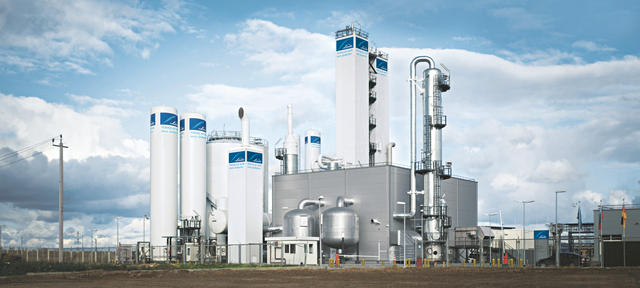
Air separation plants play a vital role in various industries, such as manufacturing, healthcare, and electronics. These plants are responsible for separating air into its primary components, including nitrogen, oxygen, and argon, which are essential for countless industrial processes. Traditionally, air separation plants were large, centralized facilities that required significant capital investment and long construction times. However, the emergence of modular air separation plants has revolutionized the industry by offering a more cost-effective and efficient solution. If you are looking for modular air separation plan, then you may visit SIAD Americas.
Benefits of Modular Air Separation Plants
Modular air separation plants are designed to be compact, flexible, and scalable, providing numerous benefits over traditional, large-scale plants. These benefits include:
Cost-Effectiveness
- Reduced capital costs compared to traditional plants
- Lower installation and construction costs
- Minimal site preparation required
Flexibility
- Can be easily relocated or expanded based on changing production needs
- Quick installation and commissioning process
- Adaptable to different operating conditions
Efficiency
- Energy-efficient design for reduced operating costs
- Optimized production processes for higher productivity
- Improved process control and automation capabilities
Applications of Modular Air Separation Plants
Modular air separation plants are used across a wide range of industries for various applications, including:
Manufacturing
- Steel production
- Chemical manufacturing
- Food and beverage processing
Healthcare
- Medical oxygen production
- Pharmaceutical manufacturing
Electronics
- Semiconductor manufacturing
- Electronic component production
Key Considerations for Implementing Modular Air Separation Plants
When considering the implementation of a modular air separation plant, several key factors should be taken into account to ensure optimal performance and efficiency:
Production Capacity
- Determine the required production capacity based on current and future demand
- Ensure the plant is designed to meet capacity requirements without over-sizing
Operating Conditions
- Consider the specific operating conditions, such as temperature, pressure, and purity levels
- Choose a modular plant design that can accommodate the required operating conditions
Regulatory Compliance
- Ensure the modular plant meets all relevant safety and regulatory standards
- Verify the plant's compliance with environmental regulations and emissions standards
Case Study: Modular Air Separation Plant in the Steel Industry
One notable example of the successful implementation of a modular air separation plant is in the steel industry. A steel manufacturer was facing challenges with their existing air separation system, which was inefficient and costly to operate. By replacing their traditional plant with a modular air separation plant, the manufacturer was able to achieve significant improvements in performance and cost savings.
The key outcomes of this case study included:
- Improved oxygen production efficiency by 20%
- Reduced energy consumption by 15%
- Lower operating costs by 25%
This case study demonstrates the tangible benefits that modular air separation plants can offer to industries looking to enhance their production processes.
Conclusion
Modular air separation plants have transformed the way industries approach air separation processes by offering a cost-effective, flexible, and efficient solution. With their compact design, scalability, and optimized performance, modular plants provide a competitive advantage to businesses across various sectors. By considering the benefits and applications of modular air separation plants, as well as key implementation considerations, industries can harness the power of modular technology to improve their production processes and achieve cost savings.